Our Facilities
Home / Our Facilities
SENSORY ROOM (SNOEZELEN)
In the Special Kids Therapy Center, there is a sensory room called a “Snoezelen”. This fun name, “Snoezelen,” refers to a controlled area that is a multi-sensory environment. This room can be used with children and adults of all ages, many diagnoses, and abilities.


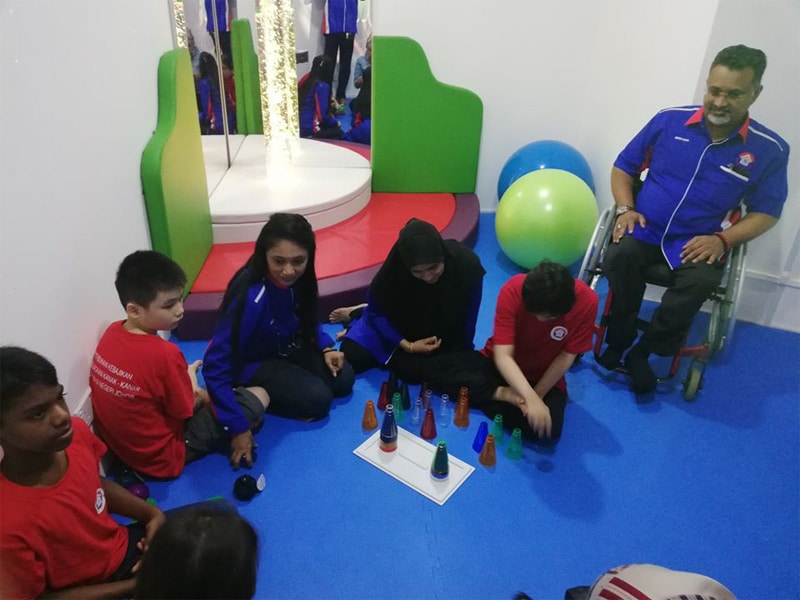
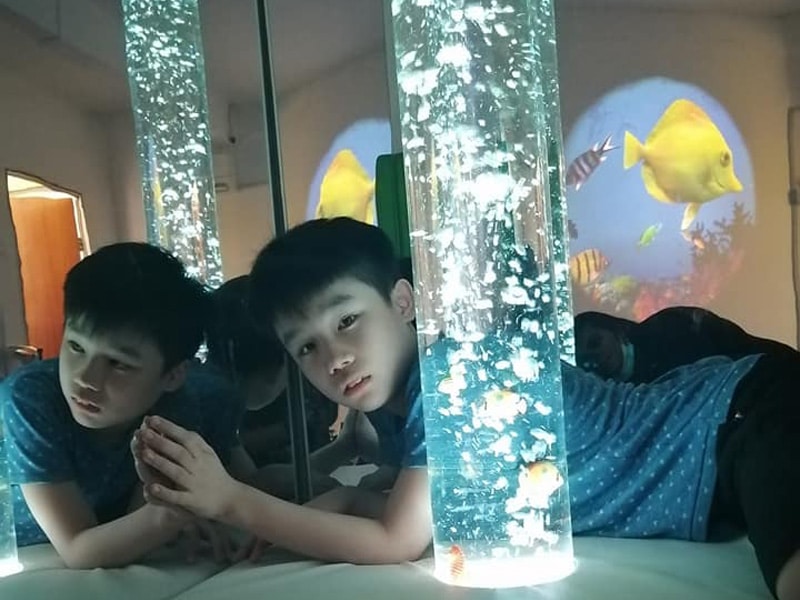
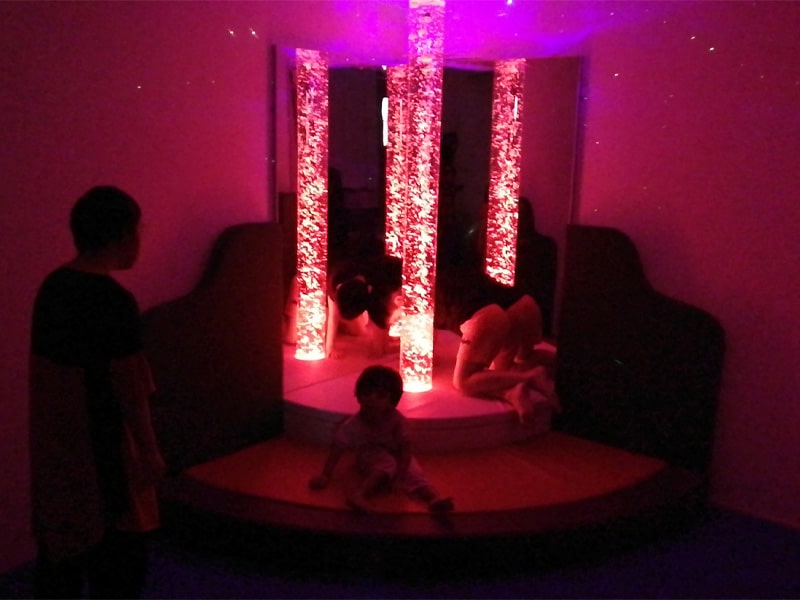
How are sensory rooms used?
Sensory rooms can include many types of equipment and manipulatives that incorporate different sensory systems such as hearing, pressure, seeing, and touch, to name a few.
The room may be used to educate, stimulate, relax, calm, or energize, as a multi-sensory experience or single sensory focus, simply by adapting the lighting, atmosphere, sounds, and textures to the needs of the patient at the time of use.
There are many functions within one Snoezelen room, and each component has the ability to create a unique experience for each individual.
The room may be used to educate, stimulate, relax, calm, or energize, as a multi-sensory experience or single sensory focus, simply by adapting the lighting, atmosphere, sounds, and textures to the needs of the patient at the time of use.
There are many functions within one Snoezelen room, and each component has the ability to create a unique experience for each individual.
Why are sensory rooms important and why are they important in regards to occupational therapy?
Sensory rooms are important because of the endless opportunities for sensory-based input, changes to alertness, and social interactions they can offer to a vast majority of patients, regardless of the different needs of each person. Sensory rooms and occupational therapy are alike, and important, as each are both tailored to the needs and focus of improvement of each person to bring them to the highest level of ability and tolerance that they can be.
Sensory rooms are important because of the endless opportunities for sensory-based input, changes to alertness, and social interactions they can offer to a vast majority of patients, regardless of the different needs of each person. Sensory rooms and occupational therapy are alike, and important, as each are both tailored to the needs and focus of improvement of each person to bring them to the highest level of ability and tolerance that they can be.

PHYSIOTERAPY
Physiotherapy enhances movement and physical well-being by addressing underlying issues. It helps restore and maximize strength, function, and motion. Therapists work on skills like walking and balance in activities such as crawling through a ball pit. Our regular program supports physically challenged children in reaching their optimal functional ability.
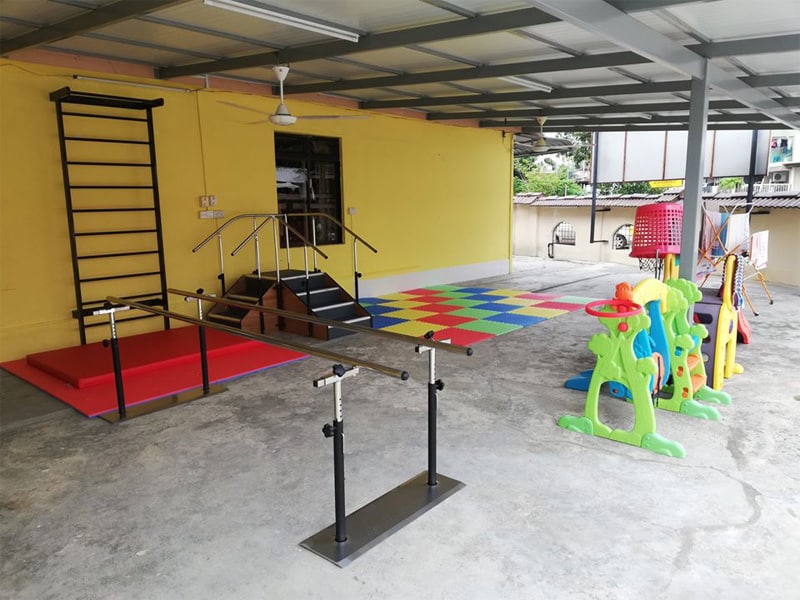
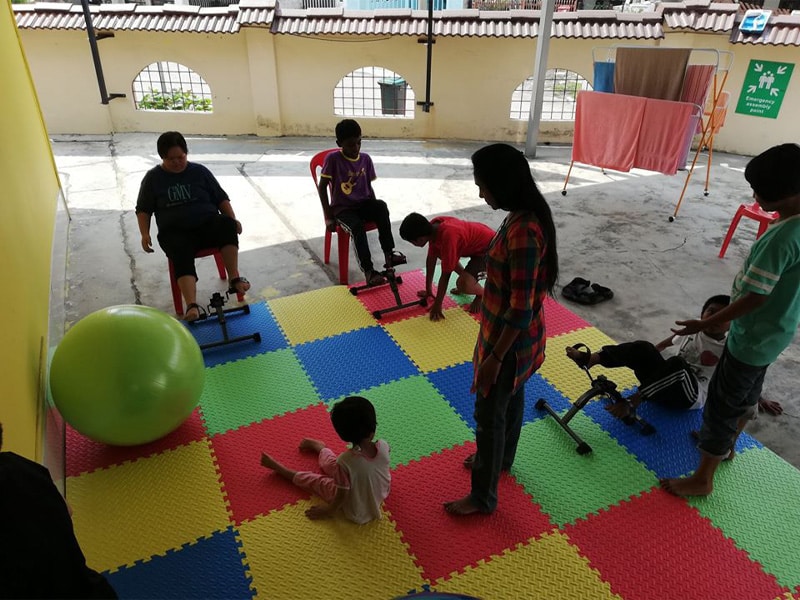
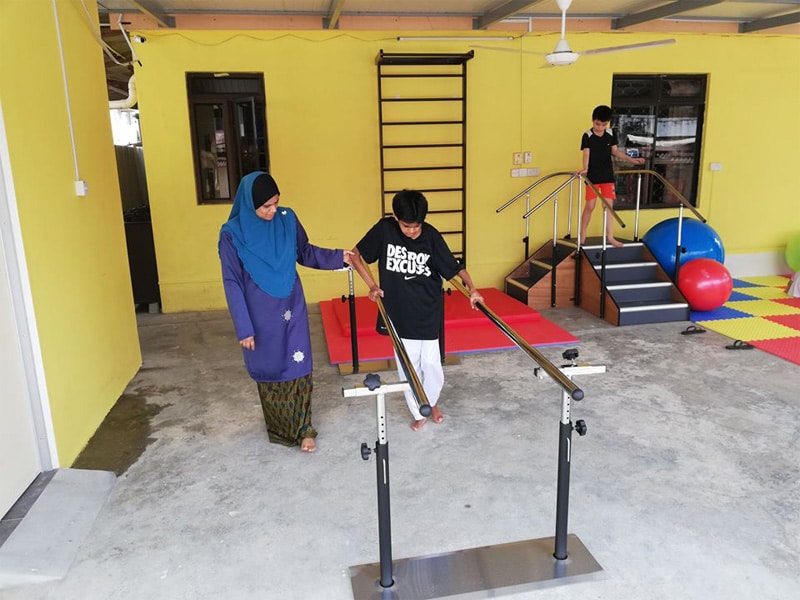
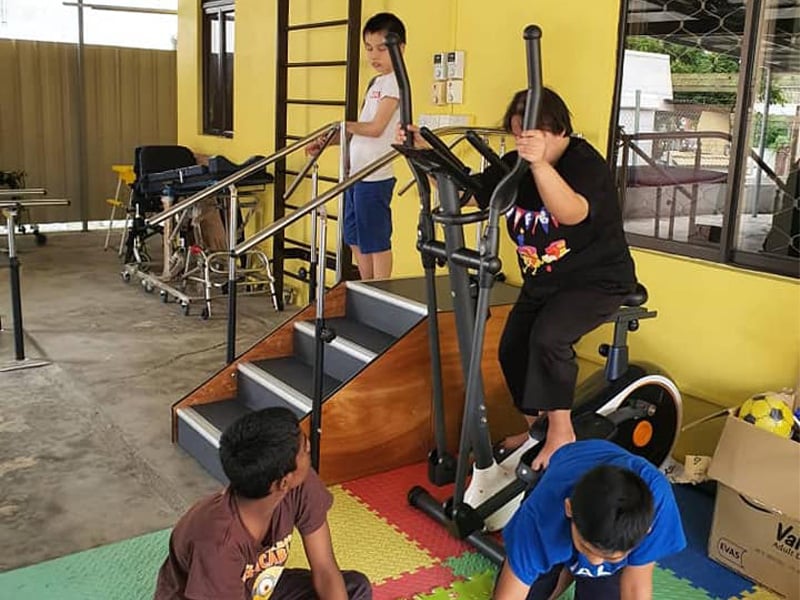
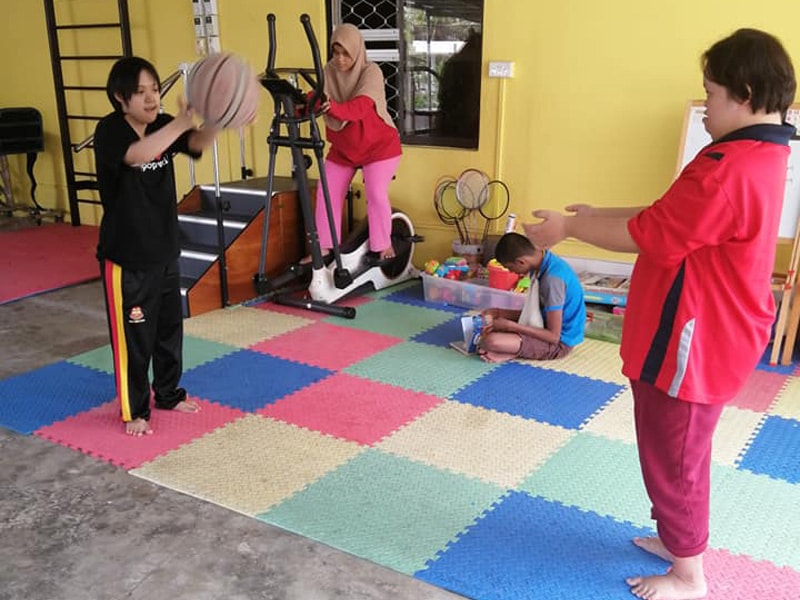
Physiotherapy can be defined as a treatment method that focuses on the science of movement and helps people to restore, maintain and maximize their physical strength, function, motion and overall well-being by addressing the underlying physical issues.
Physiotherapy helps with the development, rehabilitation, and improvement of movement skills and performance. Physiotherapists may work on gross motor skills such as sitting, standing, and walking, as well as improvement in flexibility, strength, and endurance.
Physiotherapy helps with the development, rehabilitation, and improvement of movement skills and performance. Physiotherapists may work on gross motor skills such as sitting, standing, and walking, as well as improvement in flexibility, strength, and endurance.
For example, a child might work with a therapist in a “gross motor” gym by walking across a beam and doing core strengthening to improve their balance or crawl through a ball pit to build strength, endurance and body awareness.
Our Regular physical therapy programme provides physically challenged children with opportunities to reach their optimal functional ability.
Our Regular physical therapy programme provides physically challenged children with opportunities to reach their optimal functional ability.

